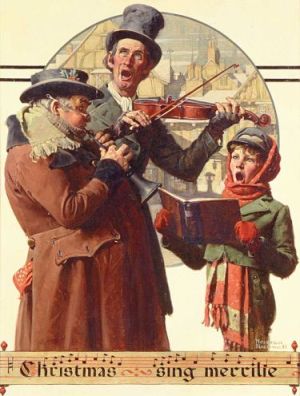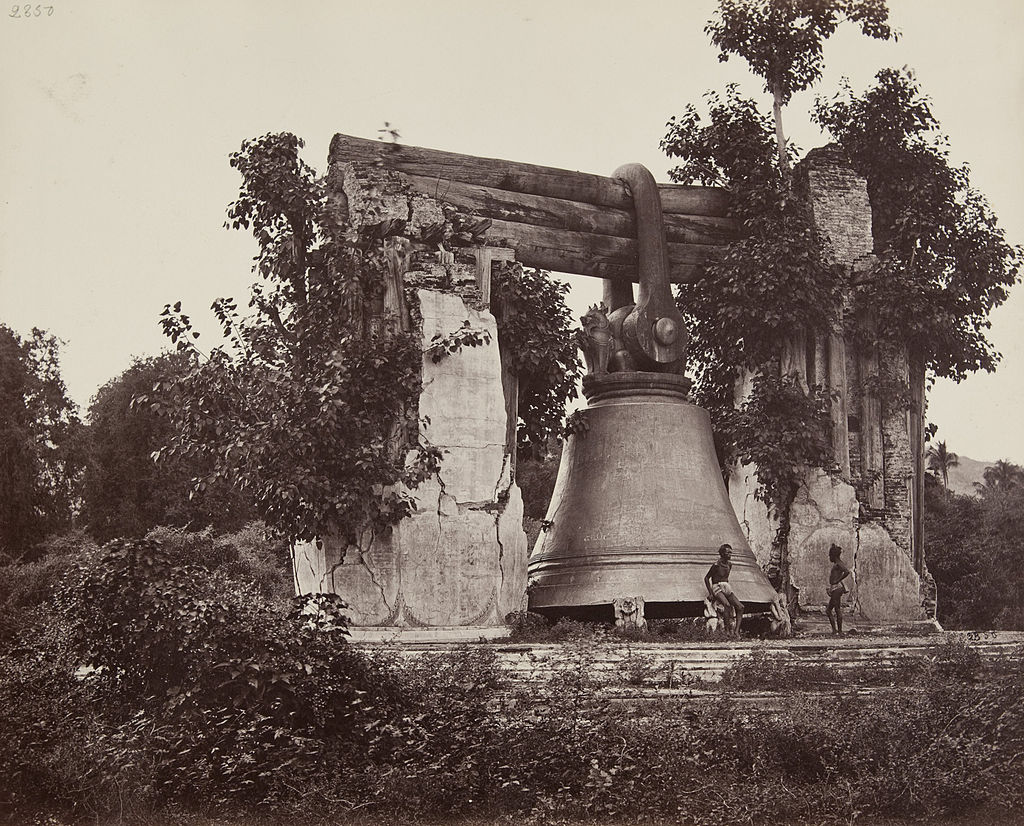Day 8: Tannenbaum

St. Boniface again spoke to the people, “This little tree, a young child of the forest, shall be your holy tree tonight. It is the wood of peace, for your houses are built of the fir. It is the sign of an endless life, for its leaves are ever green. See how it points upward to heaven. Let this be called the tree of the Christ-child; gather about it, not in the wild wood, but in your own homes; there it will shelter no deeds of blood, but loving gifts and rites of kindness.” — Father William Saunders
1E Effects
A good-aligned cleric of at least 9th level may perform a special ritual during hours of darkness. The ritual requires 10 minutes. During this time, the cleric prays and sings, casting both bless and continual light on a living tree. Once the ritual is complete, the tree glows with soft, multi-colored lights that bathe a 30-foot radius for 12 hours or until the cleric leaves the radius of effect. These lights soothe, protect, and heal those who camp within the radius of effect.
* Soothe: The holy light of the blessed tree suspends baleful physical and mental effects so long as the affected creature remains within the radius of effect. These effects include, but are not limited to, disease, insanity, charm, et cetera.
* Protect: Any opponent must make a saving throw versus magic in order to strike or otherwise attack someone protected by the tree. If the saving throw is not made, the creature may attack another creature not protected by the tree and totally ignore those protected by the spell. If the saving throw is made, the target is subject to normal attack process including dicing for weapons to hit, saving throws, damage. Note that this protection effect does not prevent the operation of area attacks (fireball, ice storm, etc.). During the period of protection afforded by the tree, the cleric who performed the ritual cannot take offensive action without immediately ending this effect for the duration of the ritual. He or she may use non-attack spells or otherwise act in any way which does not violate the prohibition against offensive action, This allows the cleric to heal wounds, for example, or to bless, perform an augury, chant, cast a light in an area (not upon on opponent!), and so on.
* Heal: A creature that rests for at least eight hours in the tree’s radius of effect heals as if a week of continual rest had passed. The creature regains 7 hit points, modified by poor Constitution as applicable. A second consecutive night of rest within the radius of effect heals another 7 hit points, this time modified by poor or exceptional Constitution, as applicable. Regardless of the number of hit points a creature has, four consecutive nights resting within the radius of effect of a blessed tree restores any character to full hit points.
5E Effects
A good-aligned cleric of at least 9th level whose divine domain is Light may cast daylight on a living tree as a special ritual during hours of darkness. Once the ritual is complete, the tree glows with soft, multi-colored lights that bathe a 30-foot radius for 12 hours or until the cleric leaves the radius of effect. These lights soothe, protect, and heal those who camp within the radius of effect.
* Soothe: A creature that completes a short or a long rest within the blessed tree’s radius of effect is cured of the following conditions: charmed, frightened, and exhaustion (up to one level).
* Protect: A creature that is within the blessed tree’s radius of effect when the ritual is completed gains the protection of sanctuary that lasts until the creature leaves the radius of effect or makes an attack or casts a spell that affects an enemey creature.
* Heal: A creature that takes a short rest within the blessed tree’s area of effect can spend one or more Hit Dice at the end of the short rest to regain lost hit points as normal. Add the Wisdom modifier of the cleric who performed the ritual to each Hit Die spent in this way to determine how many hit points are recovered. A creature that completes a long rest within the blessed tree’s area of effect regains all lost hit points as normal. The creature also gains inspiration.






